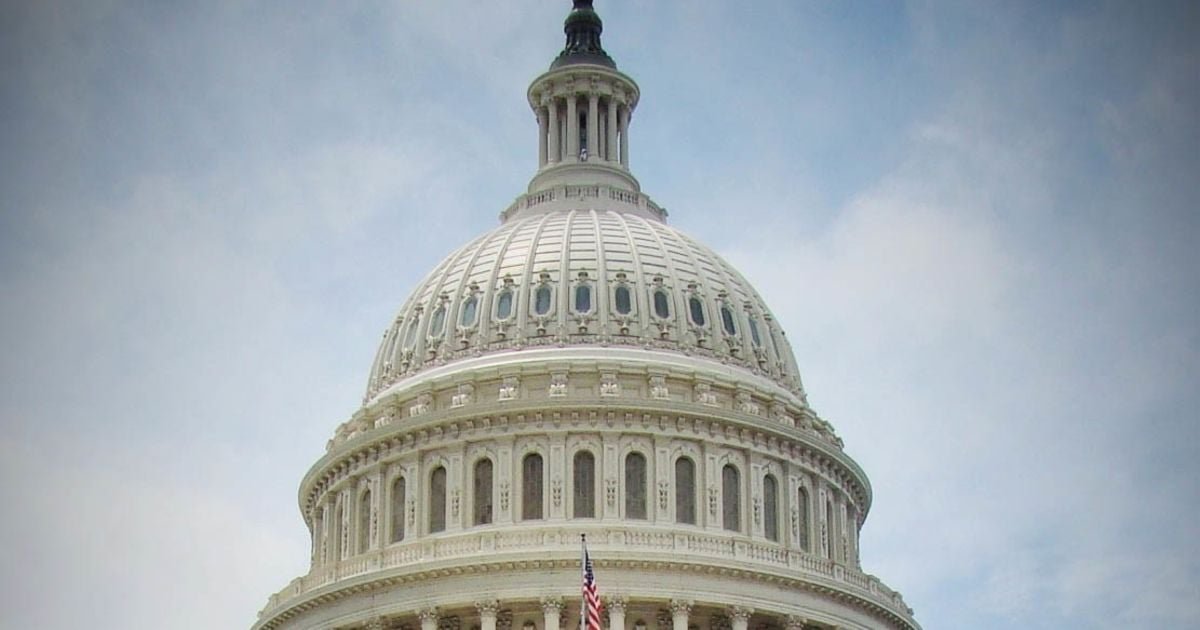[ad_1]
Community Medical Center had been delivering babies in Falls City, Nebraska, for more than a century until it shut down its obstetrics unit in November 2019.
Annual delivery volumes had steadily declined at the critical access hospital, making it difficult to attract and retain anesthesiologists, specialized nurses and surgeons, Community Medical Center CEO Ryan Larsen said. That meant administrators had to pay high rates for on-call physicians and practitioners, who were stretched thin.
There were times when the on-call surgeon would drive 100 miles per hour from across the state to provide emergency caesarean sections, Larsen said. “When we finally stopped, there was a sense of relief. But there was also heartache. Our staff sacrificed so much over the years,” he said. “It was also very hard on the community. This was part of our identity.”
This scenario is playing out more frequently in rural communities. Maternity services are often the first to go when finances erode. Quality suffers as patients are forced to travel farther for care, and low-income and underserved communities typically bear the brunt.
Pampa Regional Medical Center in Pampa, Texas, eliminated obstetrics care in April 2021. “Although there is a strong desire by the community to restart the services, hospitals are under such great pressure from staffing and supply chain costs, we can’t afford to take the financial loss in this service line,” CEO Jon Gill wrote in an email.
The number of rural hospitals discontinuing obstetrics services increased 9% from 2019 to 2020, leaving nearly 220 communities without access to maternity care, according to data the Chartis Center for Rural Health published Tuesday.
Eliminating maternity services can have a cascading financial impact. Surgeons and anesthesiologists often leave, denting revenues. Medicaid patient volumes typically drop, and hospitals may lose their 340B drug discount eligibility and/or access to supplemental payments.
“Service line cuts are continuing unabated,” said Michael Topchik, national leader at the Charti Center for Rural Health. “This is creating huge challenges in terms of access. Rural communities are ground zero for healthcare disparities.”
A growing number of rural hospitals are also cutting chemotherapy. More than 350 rural communities did not have access to related oncology care as of 2021, up 13% from 2020, Chartis found.
Hospitals are paring down services as their margins wane. Nationally, 43% of rural hospitals were operating in the red as of the end of 2022, according to Chartis data, which excludes COVID-19 relief funds and are adjusted for the annual 2% cuts to Medicare reimbursements mandated by the Budget Control Act of 2011. The median rural hospital operating margin was 1.8% last year, and facilities in states that expanded Medicaid under the Affordable Care Act outperformed those in non-expansion states.
Meanwhile, three rural hospitals have closed over the past two months, bringing the total to 143 since 2010, data from the University of North Carolina shows.
Patient volumes at rural hospitals have not returned to pre-pandemic levels and relief funds have dried up, said Brock Slabach, chief operations officer for the National Rural Health Association. “That could drive an increase in closures over the next two years,” he said.
Rural hospitals did get some help from the year-end spending legislation, which extended the Medicare low-volume payment adjustment and the Medicare-dependent hospital program through Sept. 20, 2024. The law also delayed the expiration of add-on payments for ground ambulance services until 2025..
Some hospitals are pursuing the new rural emergency hospital designation, which provides a payment boost and an estimated $3.3 million annual facility fee, which is adjusted for inflation, to hospitals that eliminate inpatient services. While Chartis identified 77 hospitals that would likely pursue conversions, many are reluctant because they would have to give up their 340B eligibility, among other factors.
Still, rural hospitals need more aid, including ending the automatic Medicare cuts, Larsen said. “Just because someone lives in a rural area, that shouldn’t mean that they are consigned to second-class healthcare or that their lives aren’t as valuable as someone who lives in an economically advantaged area.”
[ad_2]
Source link



